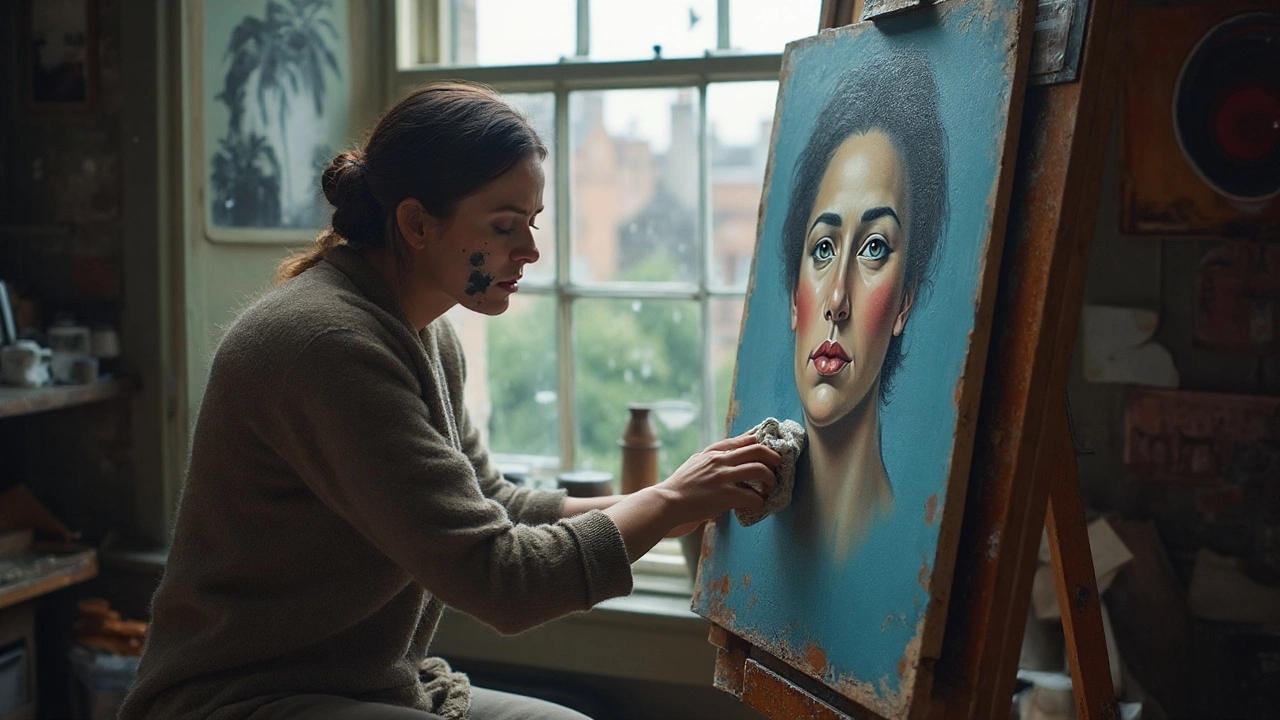Correct Oil Painting Errors: Quick Fixes for Common Mistakes
If you’ve been working in oils, you’ve probably hit a snag – a stray brush line, a color that looks off, or a crack that shows up as the paint dries. The good news is most of these errors are easy to fix, and you don’t have to scrap the whole canvas.
Common Oil Painting Mistakes
First, let’s list the errors you’ll see most often. Over‑working a wet area creates a muddy look because the paint loses its vibrancy. Bad color mixing shows up as strange hues that don’t match the rest of the piece. Rough brush strokes or streaks appear when you use the wrong brush or press too hard. Finally, drying cracks happen when the paint layer is too thick or the surface wasn’t primed properly.
How to Fix Them Quickly
1. Muddy colors – Lightly scrape off the affected paint with a palette knife and re‑apply a fresh, thin layer. Work quickly while the underlying layer is still tacky, so the new paint bonds well.
2. Unwanted brush marks – Blend the area with a soft, dry brush or a clean sable brush. If the marks are deep, use a small amount of solvent (like odorless mineral spirits) on a cloth to smooth the surface, then add a thin glaze to match the surrounding tones.
3. Wrong hues – Mix a correction color on your palette, then glaze it over the mistake. A thin glaze lets the original paint show through while shifting the overall hue. Test the mix on a spare canvas before applying.
4. Drying cracks – Gently re‑wet the cracked area with a brush dipped in a bit of medium (linseed oil or a ready‑mix). Press the paint back into the crack, smooth it, and let it dry flat. For larger cracks, fill them with a thin paste of paint and medium, then sand lightly once dry.
Remember, timing matters. Most fixes work best while the underlying paint is still slightly tacky. If the layer is fully dry, you may need to use a solvent to reactivate it before repairing.
Another handy tip is to keep a small “emergency” palette ready with key colors and a medium. When an error pops up, you can mix a quick fix without digging through your whole set.
Finally, protect your work once you’re done. A final varnish not only enhances color but also seals any small imperfections you might have missed.
Oil painting is a forgiving medium when you know the right tricks. Spot an error, apply one of these fixes, and keep painting with confidence. Happy creating!

10 Sep 2025
Smudged a face or picked the wrong color? Learn safe, proven ways to fix wet, tacky, and dry oil paint, from wiping-out to glazing, scraping, and repainting.
Continue reading...
